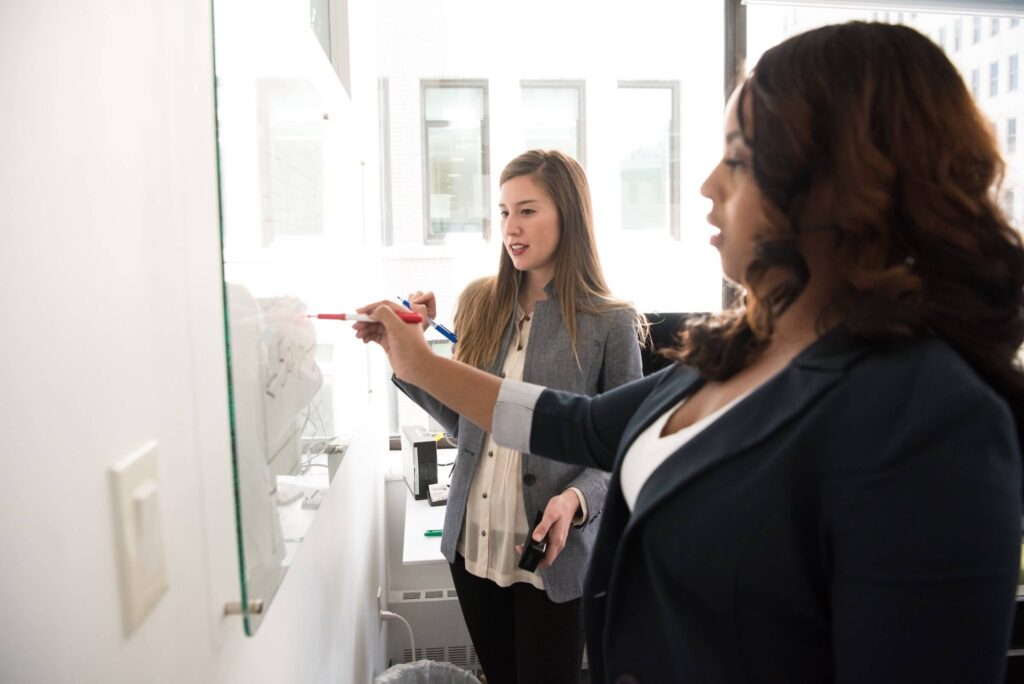It takes 66 days to form a habit. A simple calculation indicates that by now, after over 90 days of collaboration via Zoom, your team has cemented a new habit: working from home. Whether you’re planning to go back and activate your office life as before, or you’ve decided the post-social distancing work environment will remain partly remote, you’ll have to factor in this new habit and either break or nurture it.
To everyone’s surprise, this socially-distanced way of working has been so effective that the tech world, led by the likes of Twitter, Google, and Facebook, is making it semi-permanent. It isn’t hard to see why. People remained as productive as before and nobody needed babysitting to ensure they performed when in their cozy PJs. It seems like these companies got the best deal ever: lower office costs, no time wasted commuting, tens of millions saved by not serving free office meals, and the same productivity. Right
Learn what the most innovative companies are doing. Join one of the upcoming webinars.







